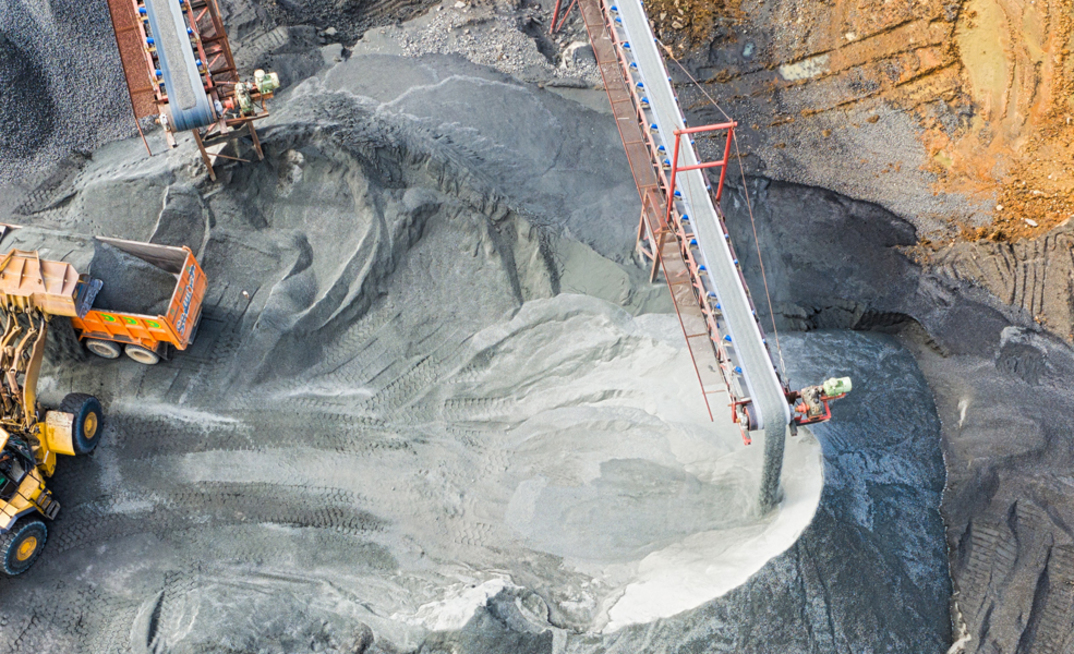Predictive maintenance has become a growing requirement for mining equipment operators responsible for preventing catastrophic system failures. Their ability to anticipate, and respond to, potential equipment malfunctions can enable them to pre-emptively schedule repairs and minimise overall disruptions to mine site operation—ultimately benefiting the company's bottom line.
Yet scepticism still exists at times over whether predictive maintenance delivers measurable benefits. This doubt stems largely from companies that have difficulty determining what kind of ROI they will see from investing in the application and are unsure whether they have the proper amount of equipment failure data or even the right data to achieve a functional algorithm. Often predictive maintenance has been mislabelled as a "black box" solution, in which an application receives operational data from equipment and uses an algorithm to somehow predict the remaining useful life of a machine. But this is an inaccurate representation as it neglects the role domain knowledge plays in developing algorithms that can detect and predict failures.
Data scientists with mathematics backgrounds are the ones traditionally involved in predictive maintenance. Yet, they often lack the domain knowledge already existing within the engineer community. There is a great opportunity for mining companies to bridge the data science and engineering communities to generate the necessary equipment failure data that can better train predictive maintenance algorithms. Software simulation tools ease this process, as they can make predictive maintenance algorithms more powerful and ensure they need less data overall to be properly trained. These tools also enable those who may not be as familiar with predictive maintenance to implement different techniques to collect and train data.
To train these algorithms, mining companies need to know what failure data looks like. However, this kind of data is typically unavailable given equipment doesn't break down with great frequency and it's costly to run equipment to intentionally fail for the benefit of collecting failure data. To address this barrier, software tools such as simulation models help generate failure data by representing how physical equipment functions in the field across different testing scenarios.
Here are three recent applications to demonstrate the approach:
- Oil field service company Baker Hughes used software tools to develop pump health monitoring software that uses data analytics for predictive maintenance. As a result, the company reduced equipment downtime costs by as much as 40 percent, while cutting down the need for extra trucks onsite.
- Packaging and paper goods manufacturer Mondi developed a health monitoring and predictive maintenance application with software tools to identify potential equipment issues. With these tools, the system was ready in a matter of months, despite the company's lack of data scientists with machine learning expertise.
- High-tech industrial group Safran (Spain) used simulation models to train a neural network used for active monitoring and prediction of anomalies of a hydraulic press. Using simulation models to generate data representing faulty machines allowed them to overcome the difficulty posed by a lack of real failure data from their machines.
This makes it clear that there is a great opportunity for companies to bring together their data science and engineering communities to generate the necessary equipment failure data through engineering simulation tools, and then use that data to better train predictive maintenance algorithms. Software simulation tools simplify this process, as they can make predictive maintenance algorithms more powerful and ensure they need less data overall to be properly trained. These tools also enable those who may not be as familiar with data science to implement different techniques for pre-processing data and training predictive models based on this data.
State of Play for Predictive Maintenance in 2020
Currently, most predictive maintenance algorithms are onsite and close to equipment—like an edge server that collects data locally. Over the next few years, companies should expect to see rapidly increasing calculation power of industrial controllers and edge computing devices, as well as the use of cloud systems, to help achieve a new dimension of software functionality on production systems.
Predictive maintenance will evolve and consider data not only from one machine or site but also across multiple sites and across equipment from different vendors. Depending on the requirements, these AI-based algorithms will be deployed on non-real-time platforms as well as on real-time systems such as programmable logic controllers (PLCs).
Ultimately, the most powerful use of predictive maintenance will be for feeding data from equipment all over the world into a cloud platform. The cloud allows miners to both collect data from multiple areas and train predictive maintenance algorithms more efficiently, versus attempting to do the same locally. Despite some scepticism surrounding data security and ownership, companies should prepare for the realism of cloud-based predictive maintenance.
Predictive maintenance has several measurable benefits for mining companies who apply this new technology on their sites. Those who haven't determined how predictive maintenance can be monetised and fit into their respective business models risk being at a competitive disadvantage. However, there are resources available to enable the pairing of domain expertise and machine learning—meaning predictive maintenance and its benefits are within reach for every mining company.
ABOUT THIS COMPANY
MathWorks
MathWorks is the leading developer of mathematical computing software. Engineers globally use Mathworks for innovation and development.
HEAD OFFICE:
- Level 6, Tower 2, 475 Victoria Avenue, Sydney (Chatswood), NSW 2067
- Telephone: +61-2-8669-4700
- Web: au.mathworks.com
- Email: MarketingAU@mathworks.com.au

























